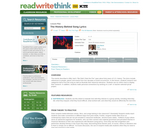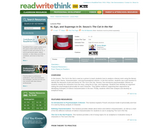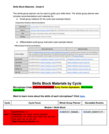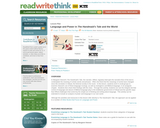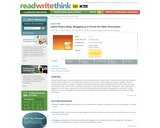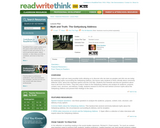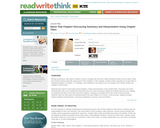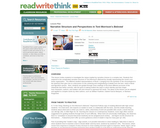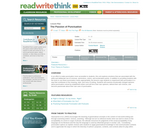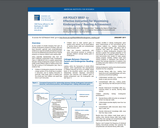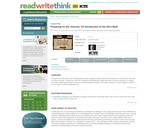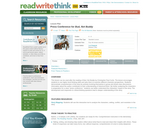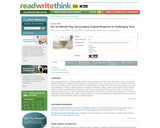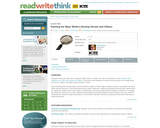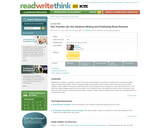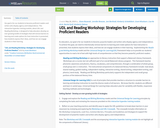Here at MagiKids, our mission is simple:
TO SUPPORT THE INTELLECTUAL HEALTH OF YOUNG ADULTS WITH MAGIC: THE GATHERING
We give kids access to the card game Magic: The Gathering, by giving teachers and mentors the cards and resources they need to teach the game.
But why teach kids Magic: The Gathering?
We believe that teaching Magic builds skills such as critical thinking, math, and reading. Magic also helps encourage socialization and engagement. At our local MagiKids groups, there’s not a phone in sight. Our Sort, Build, Play curriculum gets kids to engage with the game in a way that not only keeps them focused on the learning in that moment, but makes it more likely they will stick with it down the road.
How do we accomplish this?
MagiKids collects unwanted Magic cards, which we provide to teachers and mentors for free. We also supply them with deckboxes, sleeves, dice, and other accessories- anything that helps kids with taking ownership of their cards has a positive effect on their engagement. We also give teachers and mentors a number of teaching resources, from quick-reference cards for the kids, to information on our Sort, Build, Play curriculum.
We have shipped kits to dozens of teachers and mentors across the US, as well as working with local organizations and the Boys and Girls Clubs in our region. We have brought Magic: The Gathering to hundreds of kids so far, and we hope to spread this opportunity to many more.
